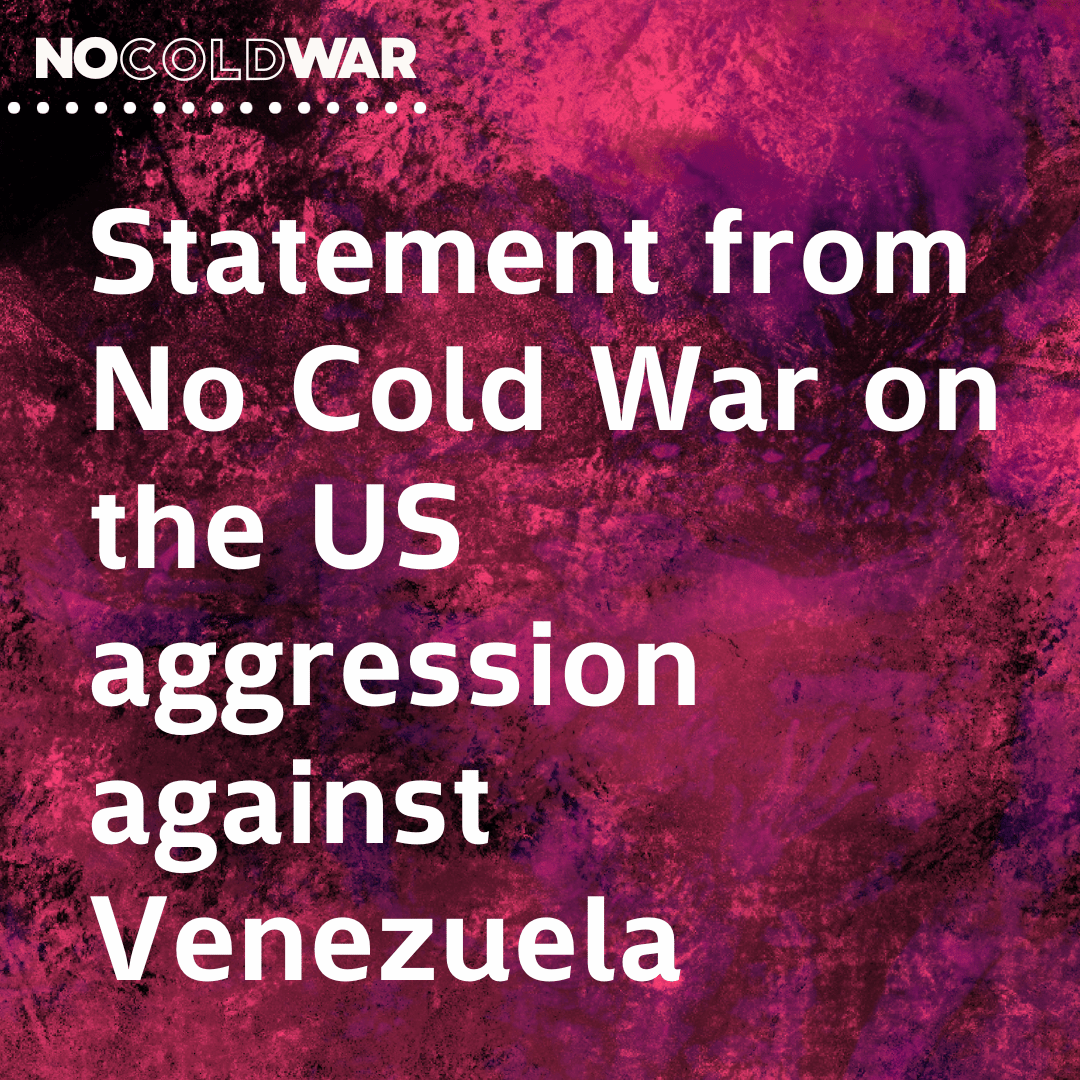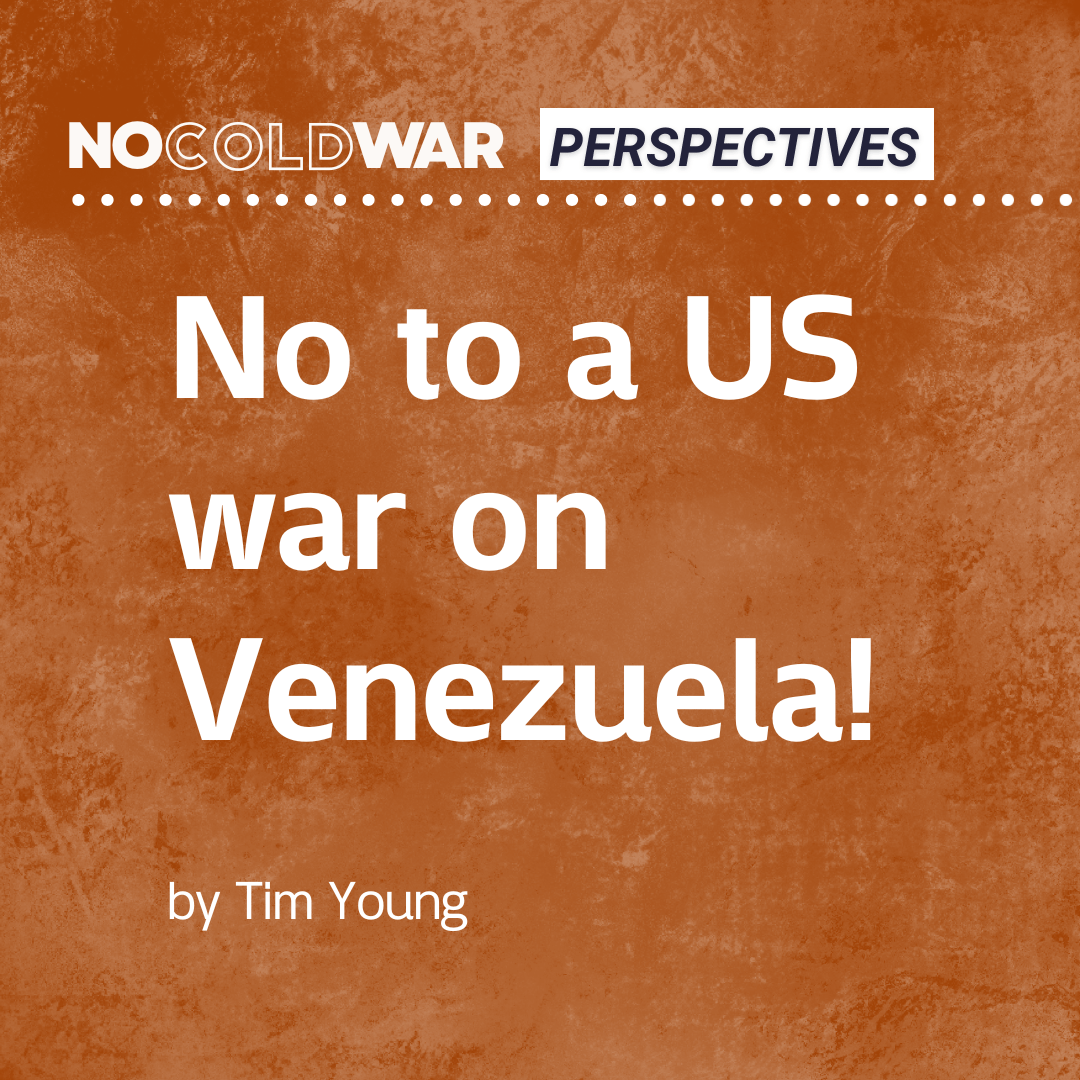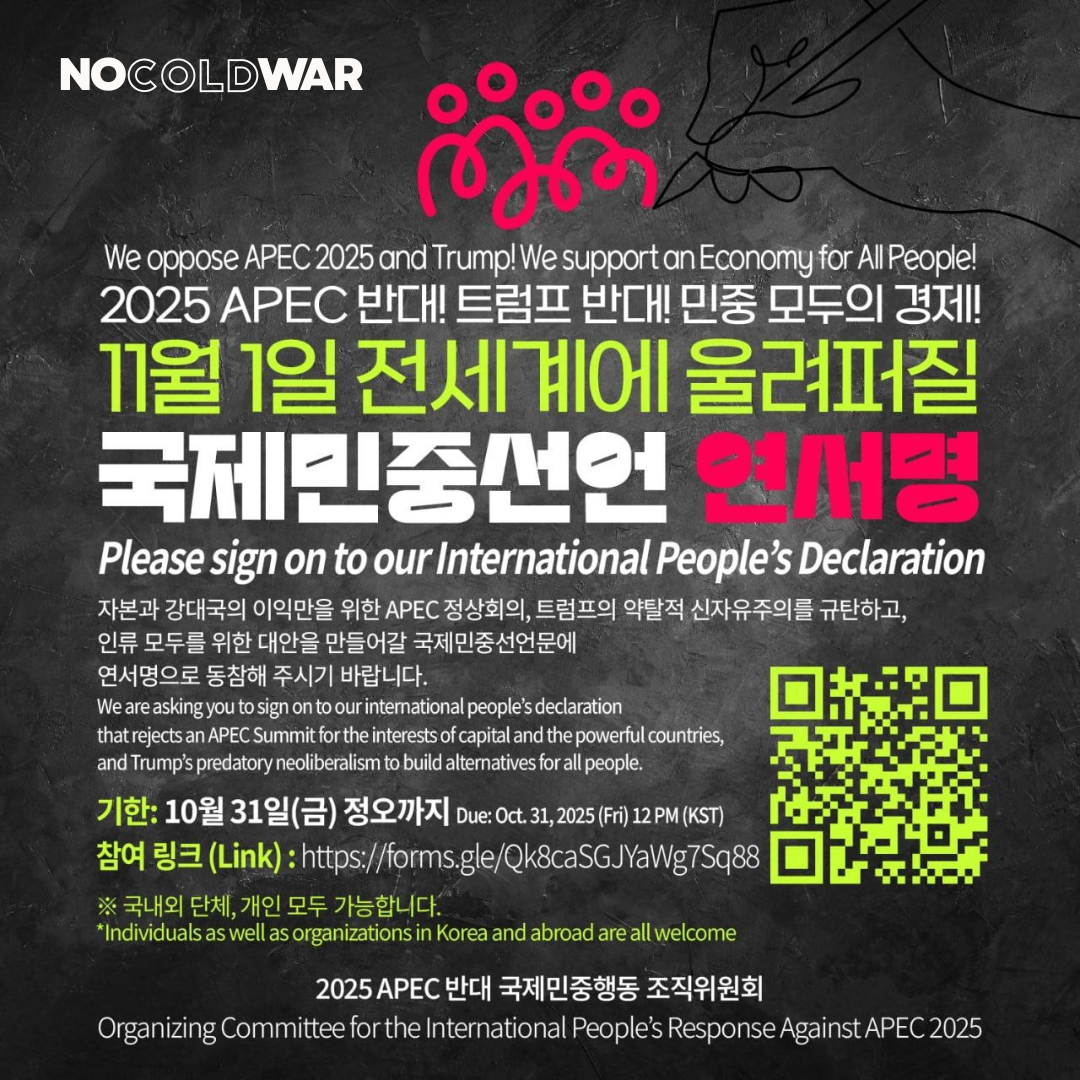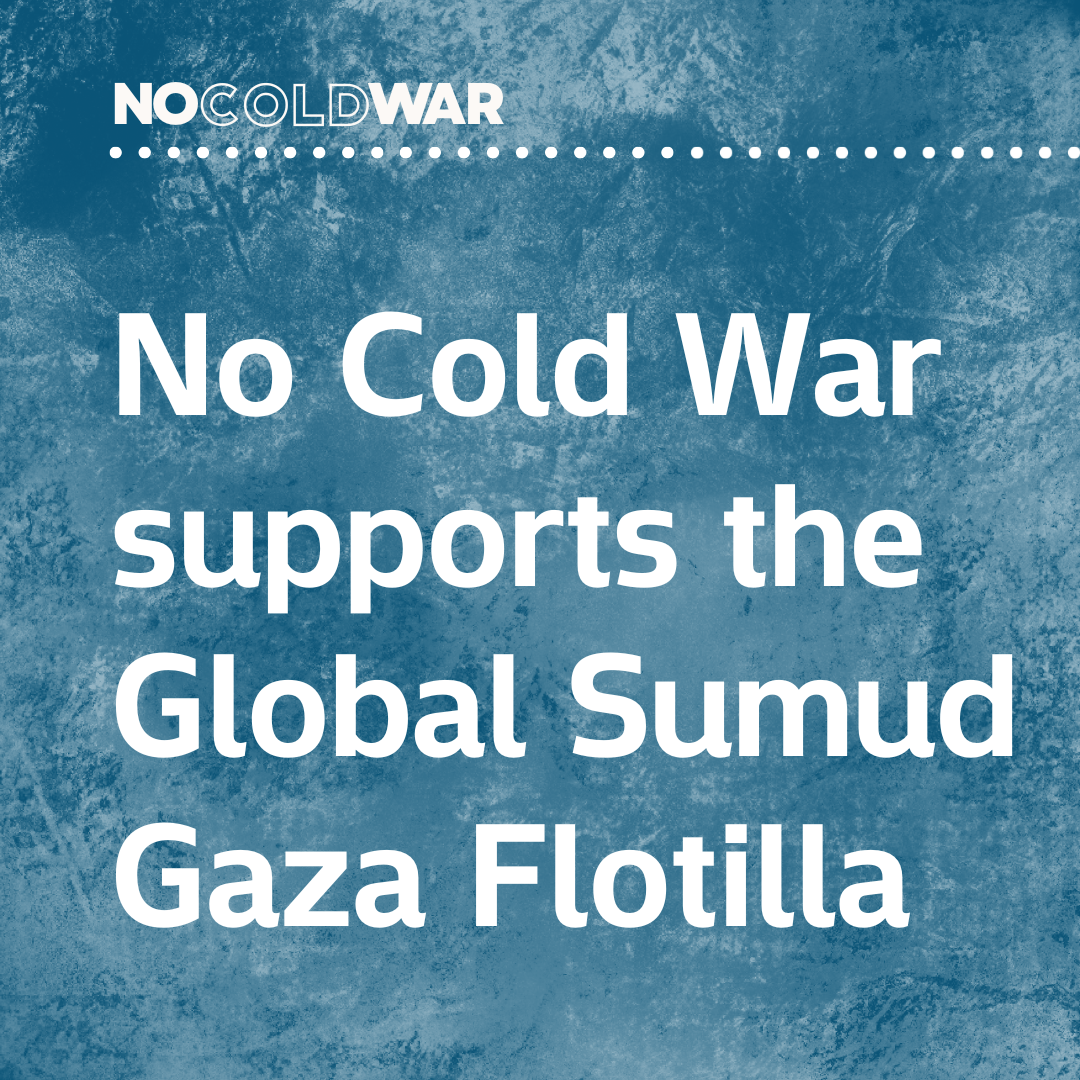
English
The No Cold War collective stands in firm opposition to the illegal embargo of Venezuela, the sanctions policy, and the military aggression already faced by Venezuela through the armada and the attack on small boats. We believe that this aggression in the Caribbean has nothing to do with human rights or democracy. The United States has tried to overthrow the government of Venezuela since the Bolivarian process passed the Hydrocarbons Law in 2001, which increased taxation on oil extraction for transnational companies and mandated a minimum state participation of 51% in ‘mixed companies’ for private partners. The first coup against the Bolivarian process was in 2002, not even a year after the Hydrocarbons Law was passed. This attack on Venezuela is about oil. It always was about oil. And it always will be about oil. The United States government is trying to use its financial and military instruments to overthrow the Venezuelan government not for the Venezuelan people but for the US oil companies.
In the US National Security Strategy 2025, the administration of President Donald Trump made it clear that his government would now focus attention on the Western Hemisphere so that the US can restore its dominance in the region. It has evoked the 1823 Monroe Doctrine with a Trump Corollary – namely to enforce the Doctrine with armed will – to suggest that the US has licence to do what it wants in this region. But, in fact, the Monroe Doctrine is not international law; international law, namely rooted in the United Nations Charter, prevents any attack without a UN Security Council resolution. If the US does attack Venezuela, then that is a violation of international law and would immediately constitute a war crime (in the same way as the US illegal war on Iraq in 2003 was a war crime)....






